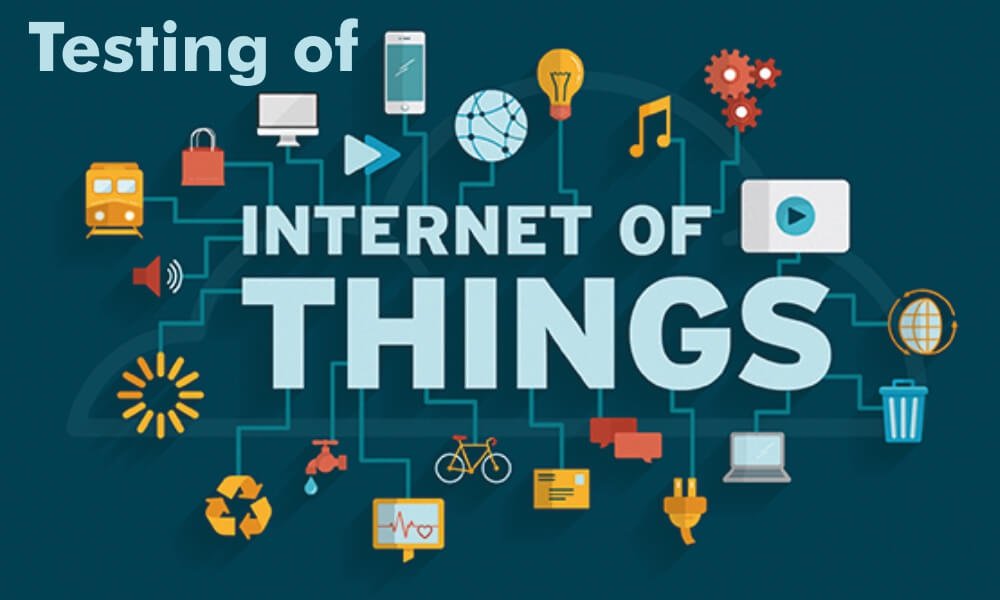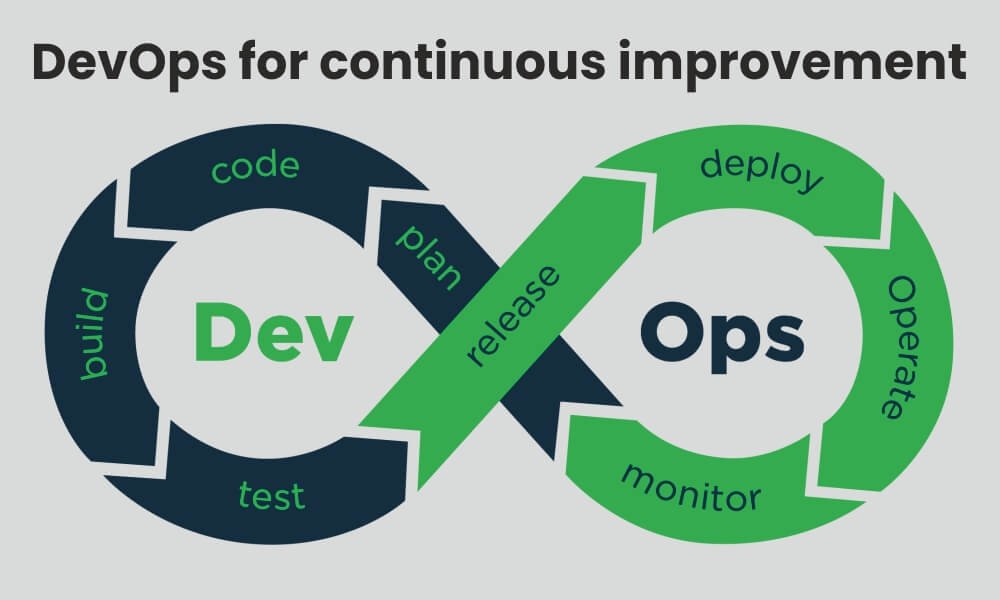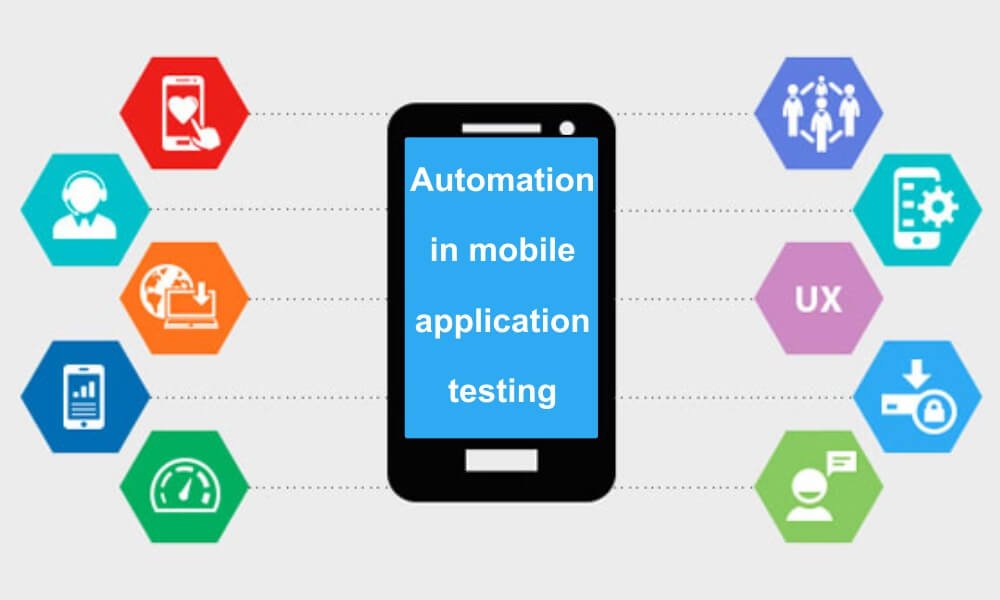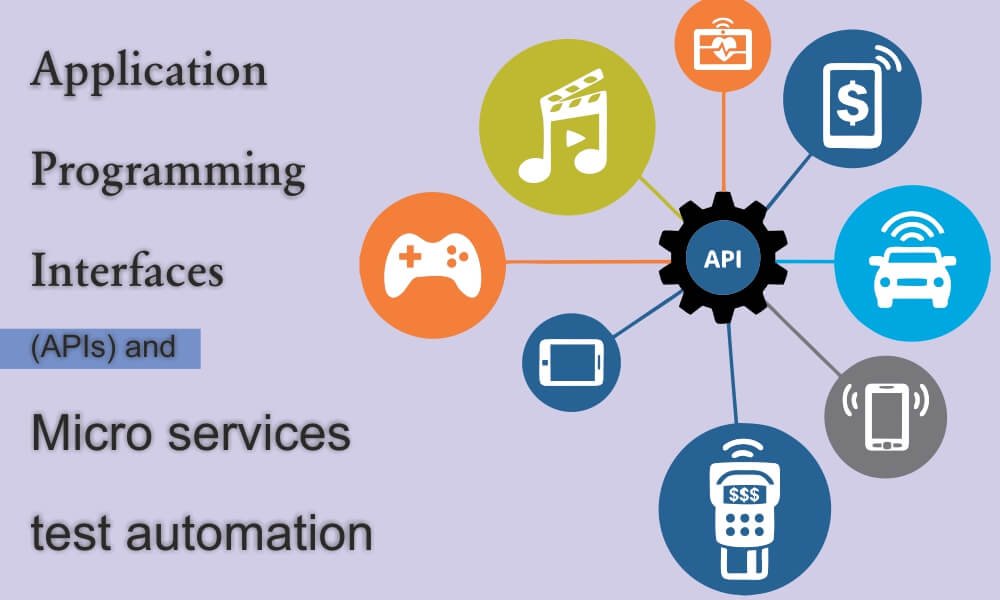Software testing techniques and strategies have transformed drastically in the most recent decade due to the new technologies in software development, business digitalization and mobilization. The rapid technological advancements in the software testing industry are inspiring the testers to upgrade their skills periodically. Software testing nowadays involves step by step checks and case tests when the products are about to launch. This makes the assignment significantly more troublesome for manual testers as the amount of information to be handled to run all the experiments gets bigger.
To keep up with the increasing data and techniques, every software tester must always be aware of emerging technologies in software testing, which will enable them to present a high-grade product which the client demands. Additionally, there have been significant changes in software testing techniques in the past that will continue to evolve in the future.
Following are some of the software testing trends which will change the future forecast.
-
Quality Engineering, the evolution of Quality Assurance
In Quality Engineering (QE), one can introduce the new testing techniques and automation in the process before the product is launched to the clients. On the contrary, in Quality Assurance (QA), the addition of too many steps and procedures makes it time-consuming.
Sometimes, QA can work as a very essential part of the process, because QA takes a precise approach for testing, which is a step by step, well-ordered process. Subsequently, QA is lacking the innovation to boost the speed of quality testing, which on the other hand, QE can do it in a short period of time with much accuracy. QE implements the latest technologies to boost the speed of quality checks in software testing.
-
Testing of Internet of Things
Internet of Things (IoT) is one of the quickest developing technologies in today’s world. IoT gadgets and apps which connect to the internet are tested for security, performance, and usability. The IoT hardware is controlled by a specialized programs designed according to its use. The inbuilt program includes technologies such as RFID (Radio Frequency Code), NFC (Near Field Communication), Bluetooth, Z-wave (A low power RF technology), and WiFi. Through these technologies, and IoT gadget connects and communicates. This exposure to the web allows various vulnerabilities to attack such devices’ systems. However, the major threats are network-related including user authentication and web interface.
-
Transformation of Agile Testing
This procedure includes working with different small teams in cooperation. The team tests continuously. Agile testing provides real-time feedback on the respective processes with much shorter feedback time. With much less test documentation, it makes it easy to analyze the test results and focus on the essence of the test. Agile testing is simple, fast, and user friendly, which provides real-time feedback during the implementation of the product. However, most of the conventional methods provide feedback after the implementation of the product.
-
DevOps for continuous improvement
DevOps is a term utilized for a specific set of guidelines or standards to reduce the testing time, which is applied to all the software development steps from its progression to operations. Instead of continuous integration, DevOps implements a continuous improvement cycle, through which a software development model needs to undergo periodically. In the coming years, more organizations are probably going to adjust to these sets of standards to enhance their overall performance and quality of products.
-
Big Data testing
In this brilliant period of rapidly growing technology, customers and providers upload and transfer terabytes of data. Managing such a huge amount of information needs a special approach for testing. Due to its high volume of size, Big Data cannot be tested using traditional computing techniques. Big Data testing has become essential for businesses with a large amount of data. The primary target is to test the data for quality to begin with. The quality checks include Meta Data Analysis, validation on data extraction, referential integrity, dashboard validation, data correctness validation, and business rule validation.
-
Automation in mobile application testing
One of the most crucial parts of an individual’s life, the mobile phone comes with various OS platforms and software built in it. There is an app for every requirement and a preinstalled OS on which a mobile phone works. The apps need to be tested before it gets installed on a mobile phone. The apps which require internet connectivity should be tested thoroughly to avoid security breaches in the future. Apps with permissions of accessing contacts, account details are more vulnerable to hacker attacks. The testing phase of applications includes functionality, speed, simplicity, practicality, creativity, interactivity, defect rate, and share-ability. Testing versatile applications in all the above phases is considerably more intricate than testing websites, because there are native apps, web apps, and hybrid apps to choose between, and they are each built differently. Keeping up with the continuous app updates needs a fast pace platform for testing mobile applications thereby making the mobile app testing automation a vital part.
-
Application Programming Interfaces (APIs) and Micro services test automation
API testing is one of the most demanding parts of software QA testing because it works to assure that the digital world runs seamlessly and in an efficient manner. API testing is one of the areas where automated testing is highly recommended because API automation can bridge the gap between the old and new testing technologies. The Microservice technique includes developing software to explicitly test for a specific condition. Various types of services can be generated and by building up a connection between them, the entire task can be partitioned into parts. In this, each service performs a particular set of processes. This gives the flexibility to make improvements in any smaller particular area of the application which requires changes, instead of changing the entire software architecture. And the real advantage is that these services are independent of one another, which makes them separately executable and testable.
-
Rise of Open Source Tools
As businesses are adopting Open Source Tools for better performance for the execution of agile, test automation, and DevOps, Open Source Tools will rule the software testing industry in the coming years. There are numerous advantages of utilizing Open Source Tools, as they are free to use, and readily available for the public. It can be effectively customizable and is more flexible than other expensive testing tools. With numerous integrations for test automation, users can also contribute to designing, so it truly gives you the flexibility to design it the way you need. A rising issue related to Open Source Tools could be that of security, as being accessible to the public, anyone can customize it using dark coding to make it vulnerable. However, continuous assessment of finding out the bugs can be a proven way to avoid security issues in Open Source Tools.
This article which is focused on the strategies and standards of Software Testing Trends will assist in changing and speeding up the procedure of the software testing industry as well as has a huge scope of improvement in the future. Do share if you find this article helpful for you.




















